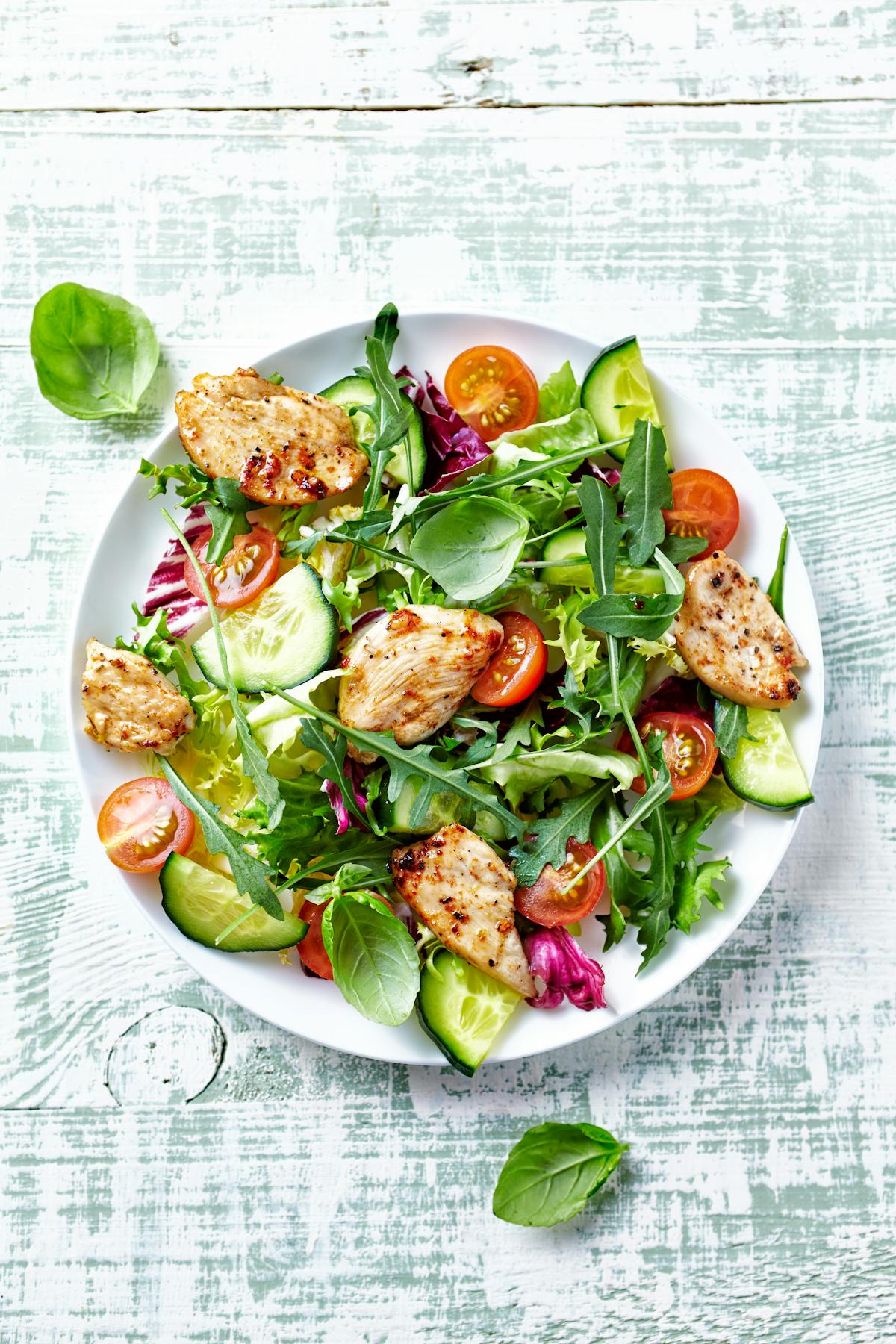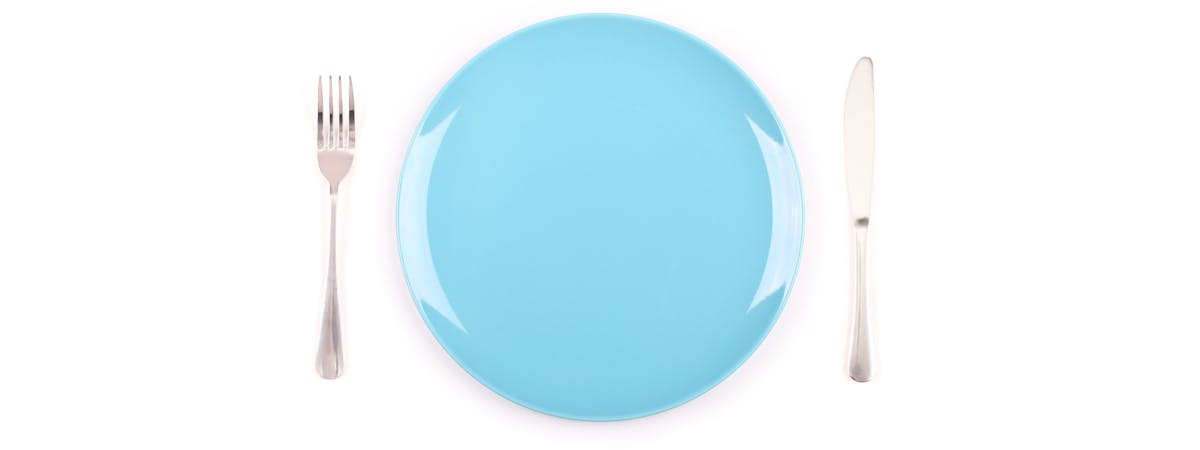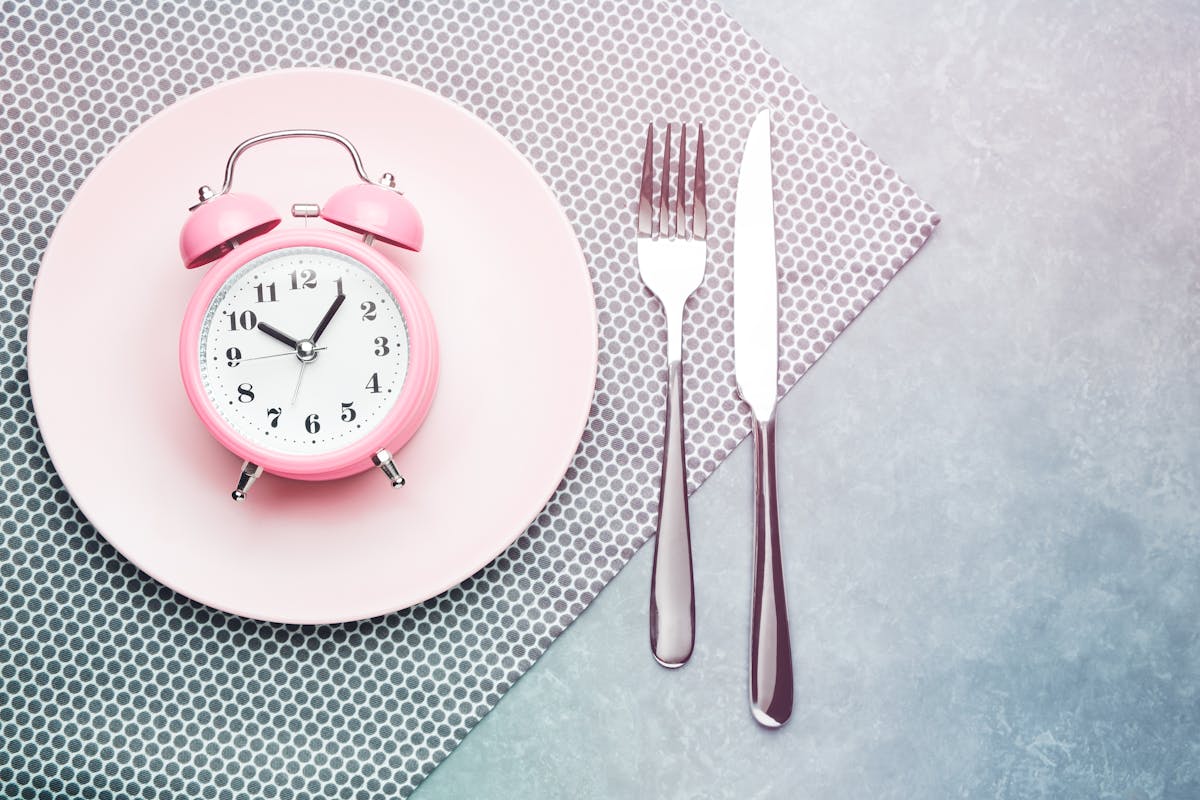How to break your fast
Then you just might be wondering how best to break your fasts. What should you eat first? What gives the best results? What do you need to watch out for?
If you are new to fasting, or have had trouble in the past coming out of a fast, this guide can help you plan and execute the best ways to begin eating again after short or longer-term fasts.
1. Fasting: New twist on an old tradition
Historically, the word ‘breakfast’ described the first meal of the day — no matter when that meal occurred. It wasn’t until the 15th century that the word started being recognized as the meal you consume shortly after waking.
Nowadays, with intermittent fasting gaining popularity, the meaning of the word ‘breakfast’ is going back to its original roots. Breakfast for the intermittent faster is the meal consumed when you choose to break your fast, be it 6:00 AM or 6:00 PM.
Fasting, especially for religious purposes, has been a common occurrence for centuries. And generally, throughout most of human history, not much concern was given to how to break the fast.
However, in an age of poor dietary advice, when we are told to eat all day long — and when hyper-palatable highly processed food abounds — it can take a little more planning to resume eating in a way that achieves the most physical comfort and most effective results for your long-term health and weight loss goals.
2. The difference between short and long fasts
Every night when we stop eating and then go to bed, we go through a short-term fast until our first meal of the next day. Depending on when you ate dinner and when you consume your first meal after you wake up, you can easily go through a 12 to 16-hour fast — with no physiologic change to digestive functions.
Although there is no clear consensus or accepted definition about what the cut off is between a short and a long-term fast, Diet Doctor defines anything less than 24 hours as time-restricted eating, fasts between 24 and 36 hours as a short-term fast, and anything longer than 36 hours a long-term fast.
Time-restricted eating and short-term fasts don’t require specific precautions when breaking the fast. Just remember it is a good idea not to binge on highly-processed, sugary, or high-carb foods because you will undo the advantages of the fast. Plan to eat a wholesome, low-carb, high-fat meal, such as any of the meals featured in the Diet Doctor recipes, and you will be just fine.
3. Ending a longer fast: a quiet gut revs up again
Longer-term fasts are different. Resuming eating after a longer fast takes more planning and care.
As we start to incorporate fasting into our routines, our bodies physiologically take a bit of time to adjust to the new regimen, especially if we used to eat constantly. As chronic eaters, our bodies are constantly spending metabolic energy producing digestive enzymes to process the food we’re consuming. This changes when we first start fasting. The digestive enzymes are not needed or produced.1
4. Potential side effects of breaking a long-term fast
If you’ve been fasting long enough for your body to slow down its production of digestive enzymes, then you may experience some gastrointestinal distress when you start to eat again. This often comes in the form of:
- Diarrhea or loose stools
- Passing of undigested foods
- Gas pains
- Bloating
- In very rare cases, nausea and vomiting
Apart from shortening the duration of your fast, the best way to minimize side effects is to plan the best food to eat when you break the fast.
5. Food choices for ending longer fasts
Until your body understands that you’re not in a state of stress but rather just eating less often, you might want to avoid eating foods that are tough on your system. Some people know that certain foods bother their digestive tract more than others. If you have problem foods, you should avoid them initially when you resume eating.
In general, we’ve found that these foods (and drinks) are the most problematic foods for people to consume when breaking their fast, although some tolerate them just fine:
- Nuts and nut butters
- Seeds and seed butters
- Raw cruciferous vegetables (cooked are fine)
- Eggs
- Dairy products
- Alcohol
- In very rare occasions, some people have difficulty digesting red meat or certain kinds of red meat.
6. The recommended protocol for breaking a fast
We’ve found in our Intensive Dietary Management Program the following protocol works best for those who experience distress while breaking their fasts:

- Start off well hydrated.
- Start your meal off with a cup of tomato and cucumber salad with some chopped up parsley. You can add a tablespoon of extra virgin olive oil if you like.
- To play it safe, keep your protein sources to poultry or fish. They can be cooked in fat and poultry skin can be consumed. Try to limit your protein intake to the size and thickness of the palm of your hand.
- Fill the rest of your plate with non-starchy, above-ground vegetables that have been cooked in natural fats, like avocado or coconut oil, butter or ghee.
- Finish your meal off with an avocado if you’re still feeling hungry.
If you follow this protocol and still experience problems, you can consider a tablespoon of psyllium husk in a cup of water. Some find this can help while others may find it increases bloating. If it helps you, the next time you are fasting and are about to resume eating, you may want to try the above protocol but add in a tablespoon of psyllium in water at the start.
7. A word about alcohol
Avoiding alcohol, especially binge drinking, is very important when coming out of a fast of more than 36 hours. Heavy consumption of alcohol could trigger alcoholic ketoacidosis, in which ketones are very high in the blood, but unlike diabetic ketoacidosis, blood glucose is usually dangerously low.2
The main symptoms are vomiting and abdominal pain.3 It is most common in people with alcohol addictions or strong dependence on alcohol who do not eat for a number of days and then drink heavily. However, it has been reported in individuals of all ages who have drunk heavily with little or no food intake.4
8. Understanding and avoiding refeeding syndrome
Refeeding syndrome is a very rare side effect of resuming food consumption after periods of malnutrition or extended times without eating. It’s defined as the “potentially fatal shifts in fluids and electrolytes that may occur in malnourished patients.”5
The key clinical markers of this are very low blood phosphorus levels, or hypophosphatemia, as well as low blood serum levels of potassium, calcium and magnesium.6 These shifts can cause heart rhythm abnormalities, cardiac failure, respiratory problems, convulsions or coma.
Refeeding syndrome was first described among the severely malnourished North Americans who were held as Japanese prisoners of war during World War II.7 It has also been observed upon the treatment of long-standing anorexia nervosa and alcoholic patients in recovery.8
During the refeeding period, insulin and counter regulatory hormones such as cortisol and noradrenaline are suddenly re-activated. This causes the movement of the major intracellular ions like phosphorus, potassium, calcium and magnesium into our cells. However, due to the overall depletion of our body stores, this becomes quite excessive and leaves us with too little of these ions in the blood. This is what causes the major symptoms of refeeding syndrome:
- Fatigue
- Weakness
- Confusion
- Difficulty or inability to breath
- Elevated blood pressure
- Seizures
- Heart arrhythmias
- Heart failure
- Coma
- Death
These symptoms typically appear within two to four days of the start of refeeding.
Are you at risk of refeeding syndrome?
Currently, most of us are over-nourished rather than under-nourished. But that doesn’t mean you shouldn’t exercise caution. Certain groups of individuals are at a higher risk for developing refeeding syndrome than others:
- Your body mass index (BMI) is less than 18.5.
- You’ve experience unexplained weight loss in the last six months totalling a loss greater than 10% of your body weight.
- You have fasted consuming nothing but water for five or more days.
- Your blood work shows you have lower than normal levels of phosphorus, potassium, calcium or magnesium levels.
- You are an alcoholic or have a history of alcoholism.
- You have anorexia nervosa.
- Are taking insulin, diuretics, antacids or undergoing chemotherapy.
How to avoid refeeding syndrome
There are several ways you can reduce your risk of developing refeeding issues when you do break your fast:
- Avoid breaking your fast with a meal that is high in carbohydrates; stick to low-carb, high-fat meals. Avoid meals that surge insulin and blood sugar.
- Stay hydrated during your fast; Drinking mineral water is good.
- Supplement with a pinch of natural salt such as Himalayan salt a few times throughout the day.
- Consult with your healthcare provider for any extended fast.
9. Summing it all up
When doing short fasts less than 36 hours, you don’t need to worry too much about what you eat when you break your fast.
Stick to low-carb, high-fat meals — such as any of the recipes on the Diet Doctor site that seem appealing to you. Try not to eat too much. Fasting is never an excuse to gorge yourself when you resume eating.
For longer fasts, plan how you are going to end them. Resume eating with a small meal and eat slowly. Start with a nourishing bone broth or some psyllium husk in water. Eat a small fresh salad of tomato and cucumber and keep your protein on the light side, such as fish or chicken, and small — about the size of your palm or a deck of cards.
For more resources on intermittent fasting check out the other Diet Doctor guides and videos below.


Intermittent fasting for beginners
Guide Intermittent fasting is a way to cycle between periods of fasting and eating. The goal of this beginner’s guide is to provide everything you need to know about intermittent fasting, in order to get started.
Reproduction, Nutrition & Development 1980: The adaptation of digestive enzymes to the diet: its physiological significance [overview article; ungraded]
Reproduction, Nutrition & Development 1985: Molecular aspects of the adaptation of pancreatic and intestinal enzymes to dietary regimens [overview article in French; ungraded] ↩
Emergency Medicine Journal 2006: Alcoholic ketoacidosis [overview article; ungraded] ↩
Oxford Medical Case Reports 2016: Alcoholic ketoacidosis: a case report and review of the literature [review; ungraded] ↩
Medscape 2018: Alcoholic Ketoacidosis [overview article; ungraded] ↩
British Medical Journal 2008: Refeeding syndrome: what it is, and how to prevent and treat it [overview article; ungraded] ↩
Medicina Clinica 2018: The refeeding syndrome: Importance of phosphorus [overview article; ungraded] ↩
US Navy Medical Bulletin 1946: Malnutrition in repatriated prisoners of war [case report; weak evidence] ↩
British Medical Journal (Clinical Research Education) 1987: Refeeding hypophosphataemia in anorexia nervosa and alcoholism [overview article; ungraded] ↩
